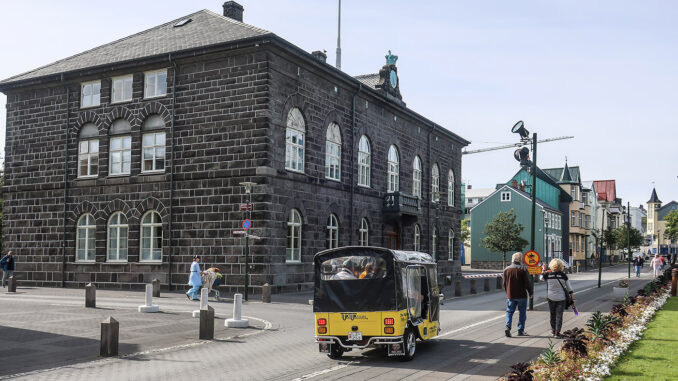
You can visit the world’s biggest penis collection, dance until dawn and take a quick jaunt to an active volcano and a steaming Blue Lagoon.
What‘s not to love about Iceland’s capital city with its clean, walkable streets of quaint shops painted in vivid colors that could have been imagined by a theme park set designer? It’s so compact you could see everything in an afternoon stroll while its inviting cafes and bars urge you to have another drink and stay as long as you like.
For better or worse, Reykjavik has become a world destination where tourists outnumber locals by a wide margin and the question is: are you really visiting Iceland, or a tourist attraction that could be called Iceland-land?
Here’s a snapshot of a weekend in a place whose roots are in a storied past but whose future is dependent on trendy tourism.
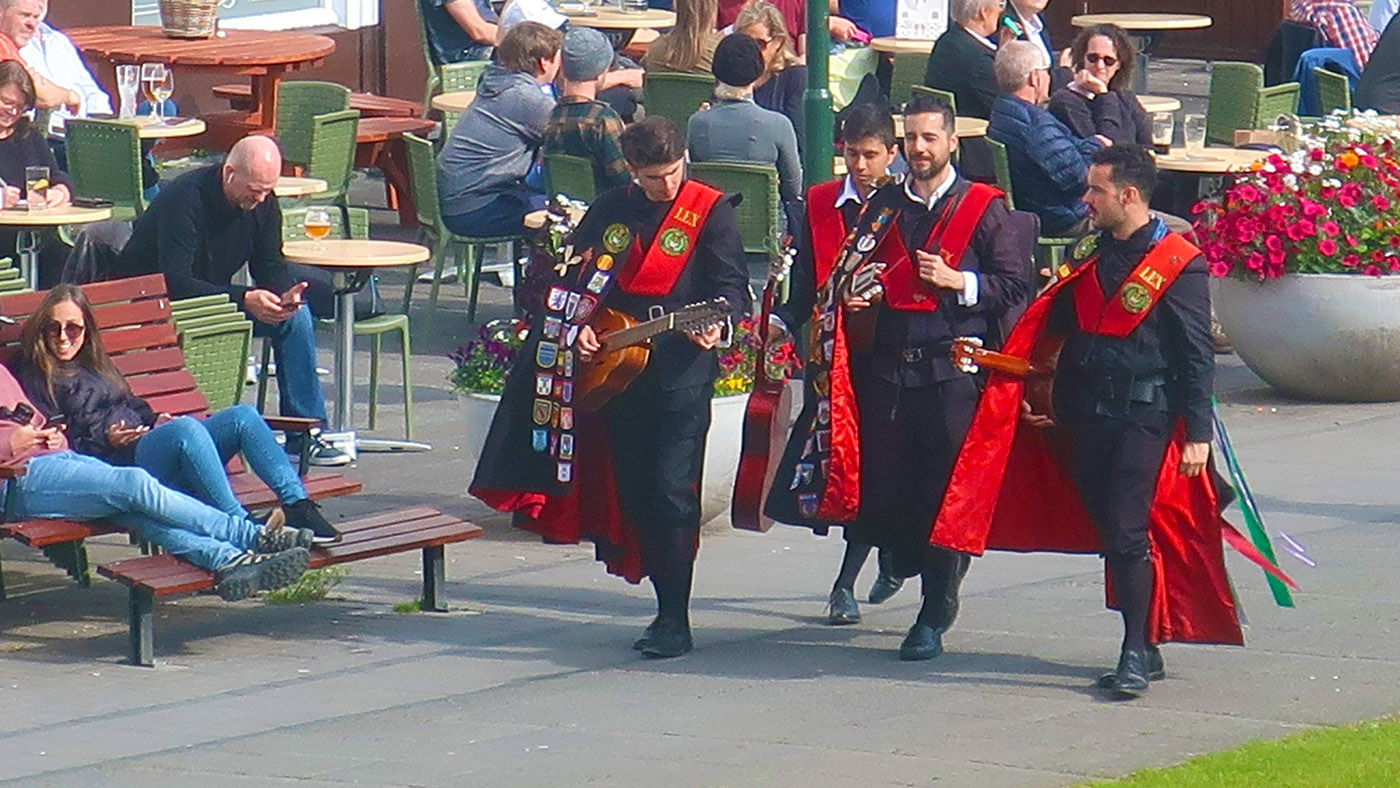
Everybody’s coming to Reykjavk
Iceland is on track to welcome 6-million tourists this year, most of them spending at least a day in Reykjavik, which 60 per cent of the country’s 370,000 total population call home.
The city has become a magnet for cruise ships, as Baltic voyages that would have visited Russia are exploring Iceland and Greenland instead. Greeters from half a dozen cruise lines are waiting at the airport to meet guests taking exploration cruises with names like Viking Homelands and Majestic Iceland. Meanwhile, any number of companies organize trekking journeys across the wild volcanic landscapes and glacier fields of an aptly named island, where snow can be in the forecast from September to June.
Face it, the place depends on tourism. This summer, hotels and rental apartments are reporting nearly full occupancy in a rebound from the pandemic years. But it’s not that things seem overly crowded. Reykjavik is still a laid-back walking city, with hardly any car traffic.
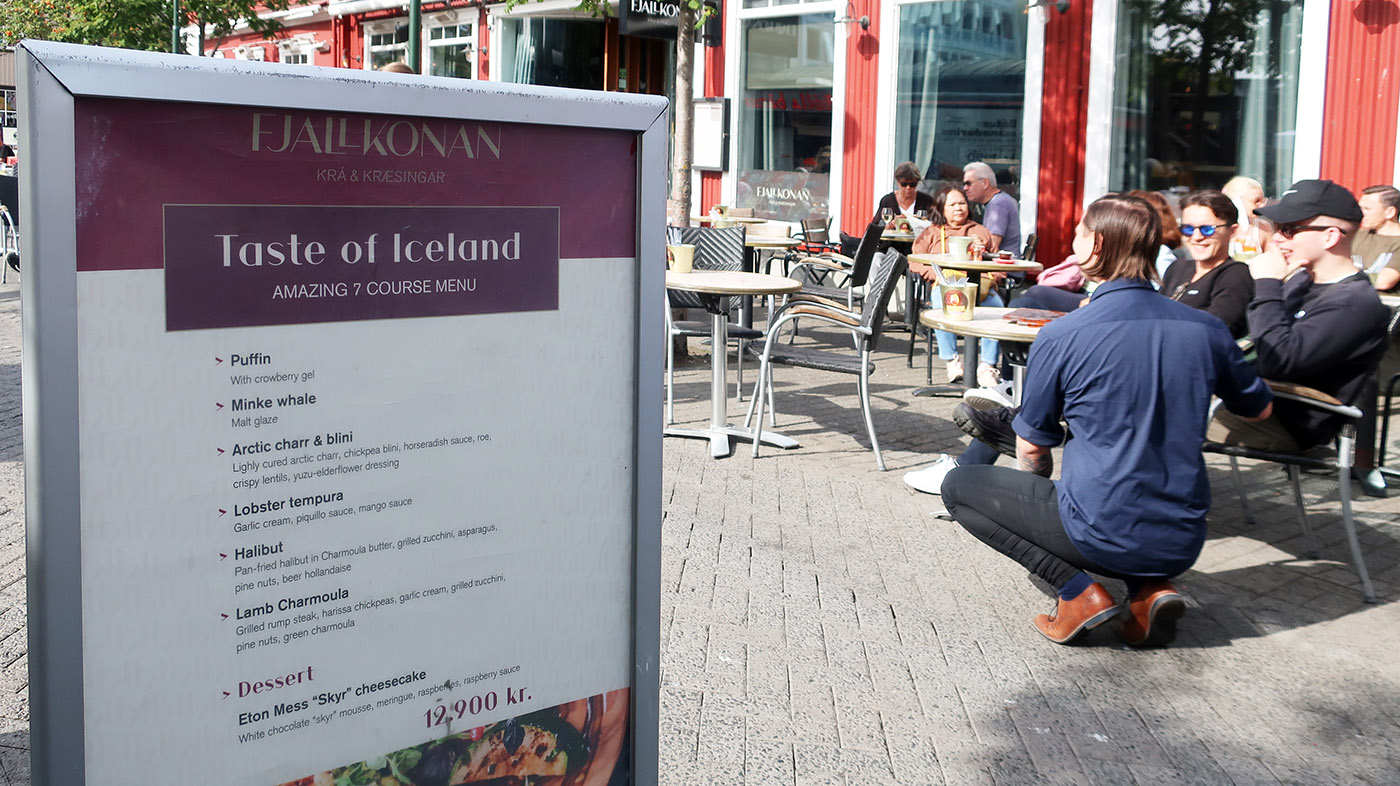
What’s noticeable is that restaurants, clubs and souvenir shops have taken over from historic shops in the city center that were once banks, hair dressers, dental offices and galleries. Most of the year-round population lives in the more modern suburbs around the expensive old city. Traditional dishes have been usurped by pizza and burgers on restaurant menus and bars and clubs that leak their beats into the streets are playing the same kind of new wave and house music you’ll hear anywhere.
Tourist versions of cuisine reign. There are American burger bars, English and Irish pubs, pizzerias; Chinese, Vietnamese, Pakistani or vegan restaurants and an inevitable Hard Rock Cafe. Restaurants featuring real Icelandic fare are scarce and while their menus may include specialties like puffin with a crowberry compote, malt-glazed Minke whale, lamb rump or fish stews, they’re also likely to offer fish and chips and burgers as well.
Souvenir shops typically feature Icelandic wool knit sweaters for five-figure prices (move the decimal place of the price in Icelandic kronor two places to the left to get a rough idea of the cost in dollars).
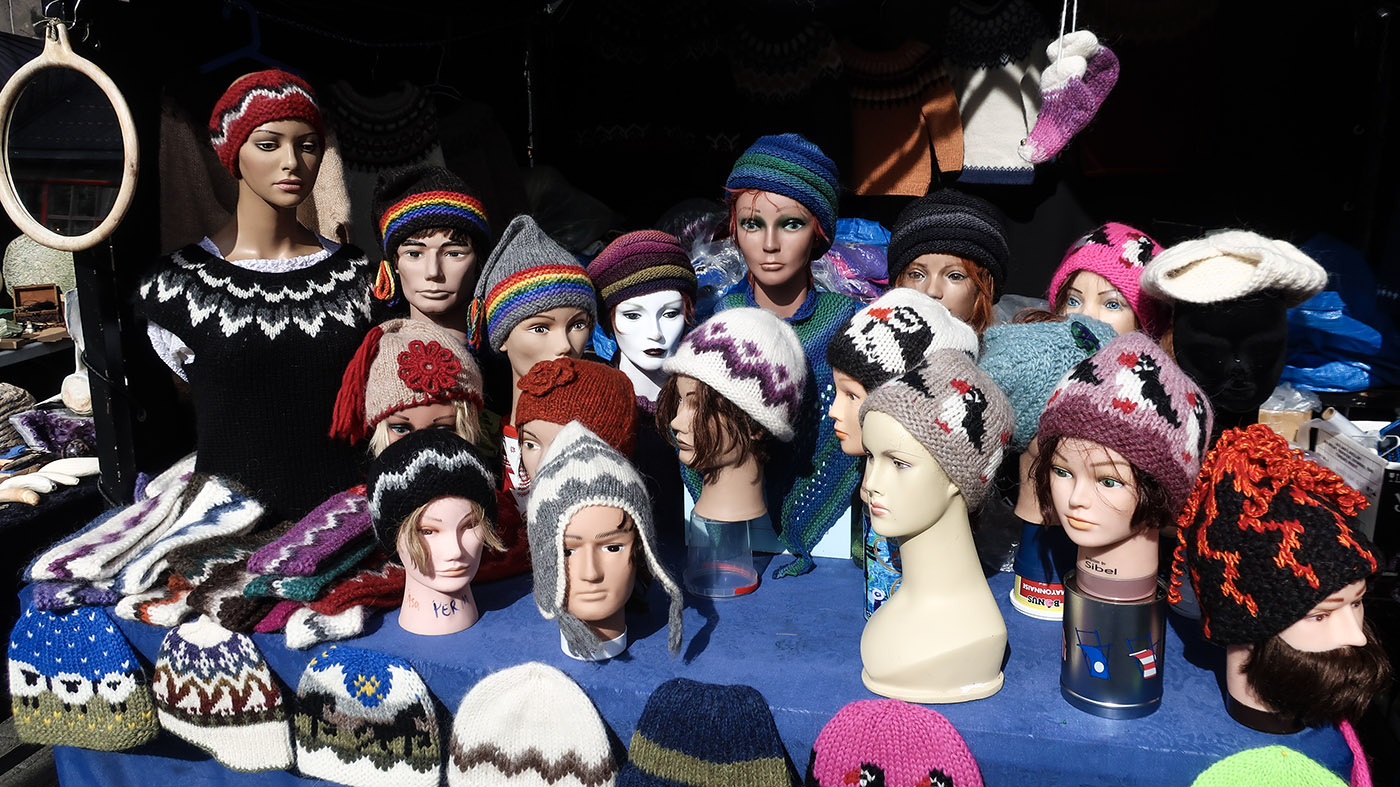
Althing to all people
No tour of the city is complete without a view of the Parliament building whose name that translates to Althing. Iceland is credited with having the world’s longest running democratic government. The legislature founded in 930 in a town called Thingvellir east of today’s Reykjavik. It moved to a handsome stone building here in 1881 and the Austurvöllur Square in front of the Parliament that had been a pasture has evolved into the tourist heart of the city.
Throngs of tour groups wander by, but the Althing is not open to all people. The tours stop in front of the sturdy stone building and then move on to the nearby Reykjavik Cathedral, the Harpa Concert Hall and, City Hall.
Our hotel included before a cruise on Seabourn Cruise Line’s expedition ship Seabourn Venture was the newly opened Iceland Parliament Hotel, part of the Curio Collection by Hilton whose lobby proclaims it’s at the “Doorstep of Democracy.”
In addition to the 163-room modern hotel, the project reconstructed and preserved several adjoining heritage buildings, including the former Ladies’ School and Independence Hall. The hotel in this prime location comes at a premium price. Our standard room with breakfast came to 85,000 kronor a night, that translates to about $650 U.S.
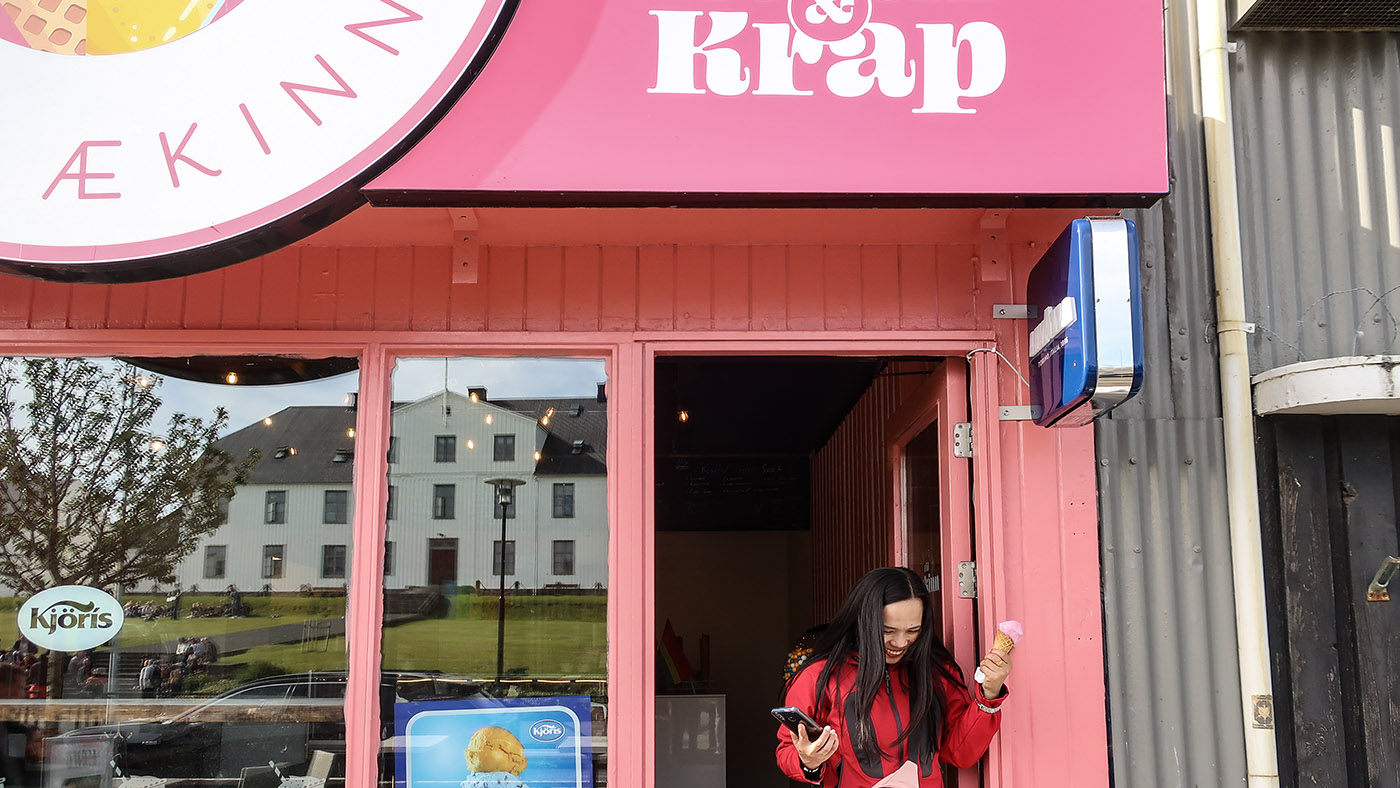
Drinking it all in
And speaking of prices, Iceland has some of the highest alcohol taxes in the world to pay for public services and that makes imbibing expensive. A bottle of largely forgettable house wine will cost about $60 and a 500 ml glass of draft Viking or Gull beer can set you back more than $10. But that doesn’t seem to stop most visitors from ordering big schooners of beer or carafes of house wine with or without meals. It’s the cost of business if you’ve come all this way for a good time
And a myth busted: Standard advice in guide books is to stock up on alcohol at the duty free for visitors that’s in the baggage retrieval area of the airport. However, that loophole was closed in Iceland’s 2023 budget. The deal was booze for air travelers got taxed at only 10 per cent, but the new tariffs upped that to 25 per cent and a quick check on the prices of the same bottles at a liquor store in the city shows buying at the airport doesn’t save that much any more.
A museum of what?
To entice tourists, the city seems to have attracted more than its share of can-you-believe-it attractions.
The Saga Viking Museum is a wax museum like you’ve never experienced. This is your place if you want to see vignettes of victims clubbed to death by a Viking or beheaded by a broad axe or stretched on a rack. The theme includes destruction by eruptions, earthquakes, avalanches, and other natural catastrophes Icelanders endured in their history, as well as the Black Death that snuffed out more than a third of the population. The admission fee for all this fun is about $30 a person.
The nearby Whales of Iceland museum invites you to “Marvel at life-size models of 23 types of whales, get a new perspective on these majestic creatures, watch documentaries, and explore many interactive exhibits.” The gift shop features stuffed versions of the mammals you can take home as cuddly souvenirs. Again, the price at the door is $30 each or $60 for a family of up to four.
And for those who have a fascination with animals doing the nasty on land and sea, The Icelandic Phallological Museum “the world’s only genuine penis museum” must be doing something right. It just relocated to a much larger location right by the harbor in downtown Reykjavik. Its exhibits and interactive features include a phallic-themed bistro with penis-shaped waffles. Enough said, and the admission is only $20, which leaves you money to spend on take-home replicas in the gift shop.
Just hope their slogan: “like nothing you’ve seen before” is actually true for you.
For a really unforgettable experience while you’ve come all this way, you’ll want to get out of town to the Blue Lagoon geothermal springs or the volcano Geysir area. Day trips from hotels to the lagoon are pricey, but the hot springs are considered the country’s top attraction and a visit includes a drink, towel and locker rental.
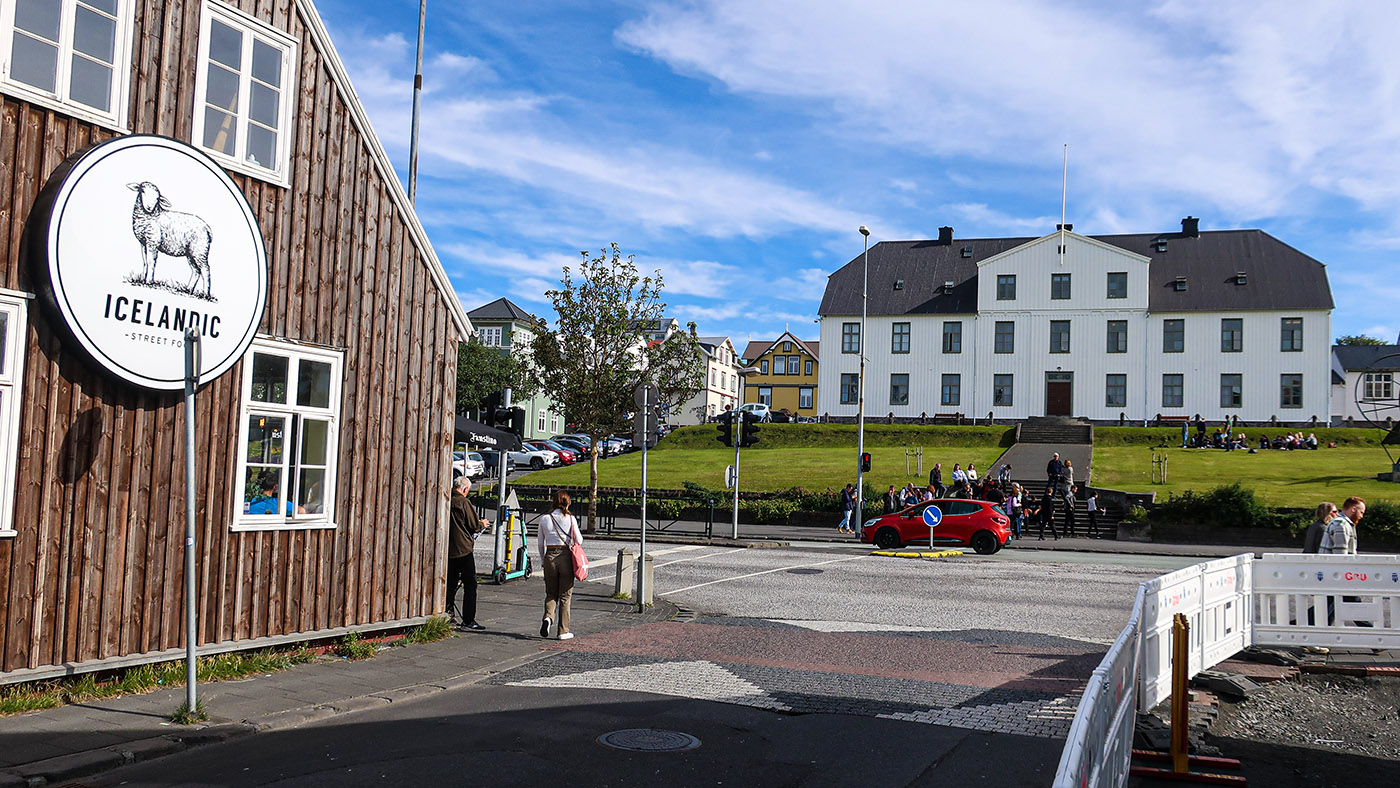
They like to party, party
It’s party time in Reykjavik, no matter what day of the week it is and that can have its pitfalls. Our first day in Iceland’s capital was uncommonly warm and sunny. The temperature had soared to over 60 degrees and the whole population seemed to be out enjoying it. The outdoor cafes along the Parliament square were packed with a mix of tourists and locals laughing and singing. Women dressed like Bjork and buskers dressed like feudal troubadours entertained the crowds with Icelandic ballads and even versions of Mariachi songs. Smiles were everywhere and there was dancing in the streets.
What seemed quaint at 3 in the afternoon became less charming at 3 a.m. Somehow it seems there’s no curfew on dancing in the streets. Fast forward to midnight and the crowds had swelled even more and people lubricated by hours of drinking and taking whatever party enhancers are making the club circuit these days were in fever pitch.
With jet lag taking its toll, I was hoping for a good night’s sleep in my room at the Hilton that faced the busy Parliament square. But the high-pitched laughs and squeals of delight filtering through the windows kept jarring me awake. The bass rumbling thump, thump of a nearby dance club seemed to make the floors vibrate. Midnight became 2 a.m. and finally at 4 the party was over. Next time, I’ll request a room on the west side rather than the east wing of the hotel.
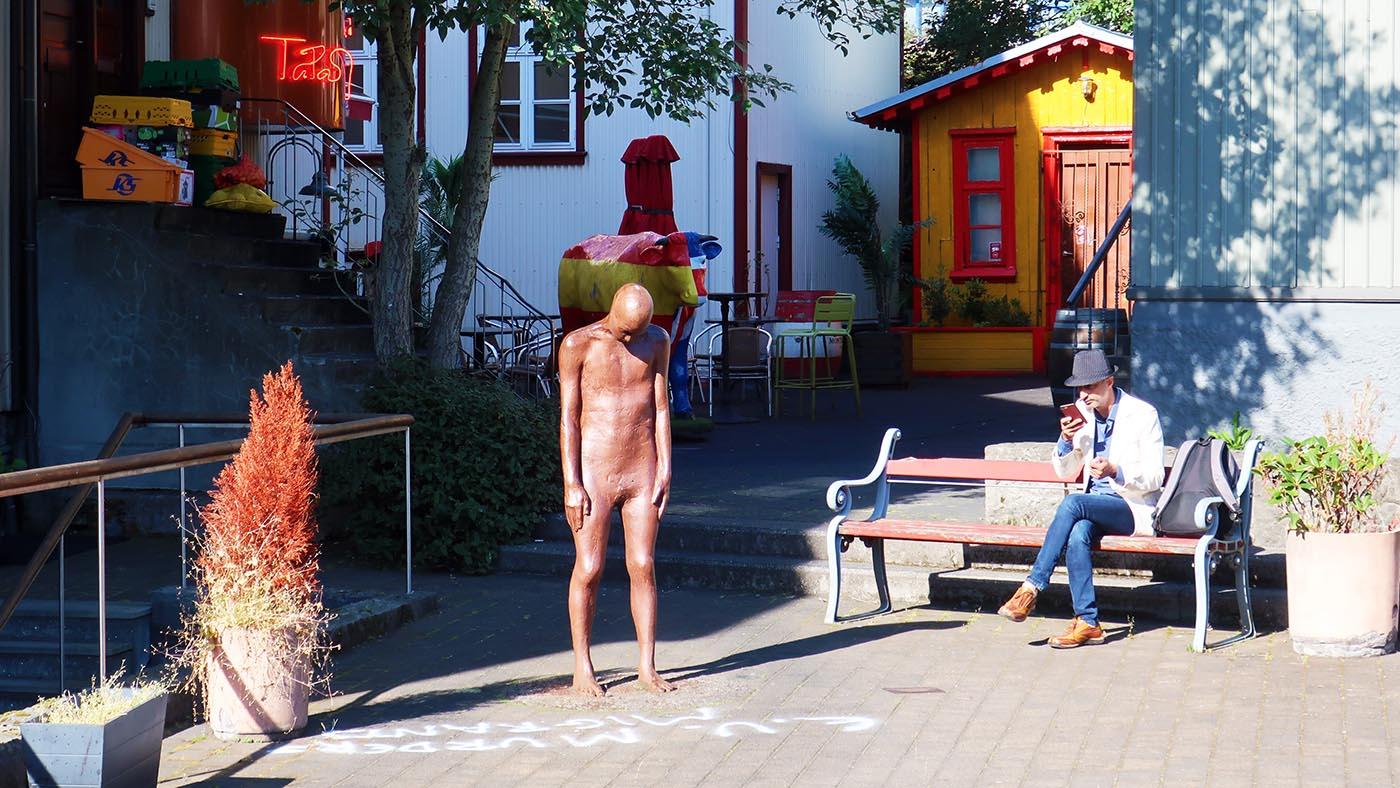
And the verdict is…..
So yes, Reykjavik is a tourist trap but it’s a tourist-friendly one that beautifully restored historic streets and still maintains a unique character and charm. The prices can seem outrageous, but that can apply these days to any place that invites people to party to sunrise. It’s clean, safe and fun and I came away happy, and there’s nothing wrong with that.
Wallace Immen is executive editor of The Cruisington Times

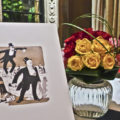
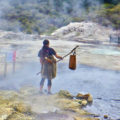
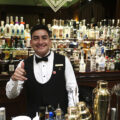


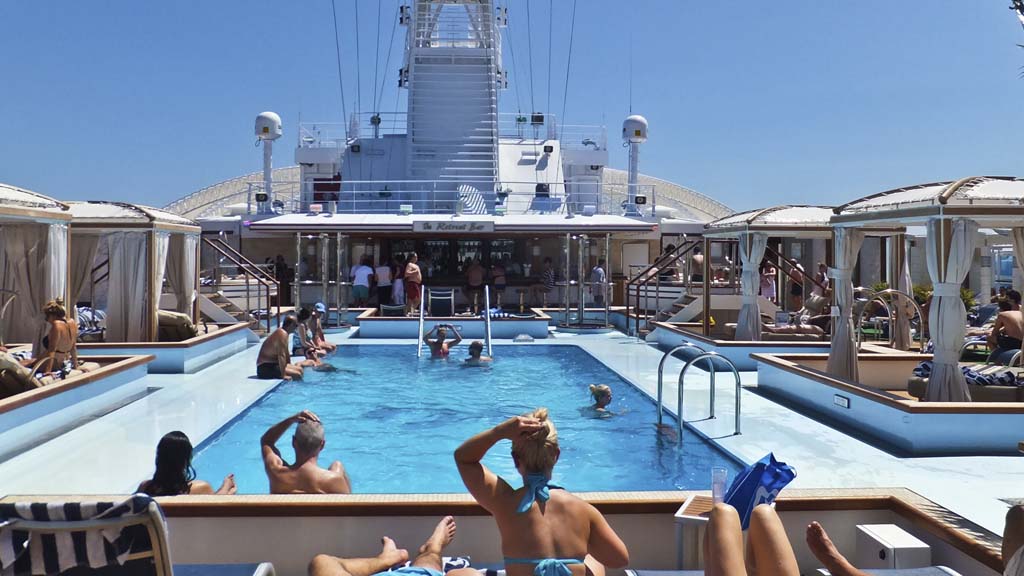
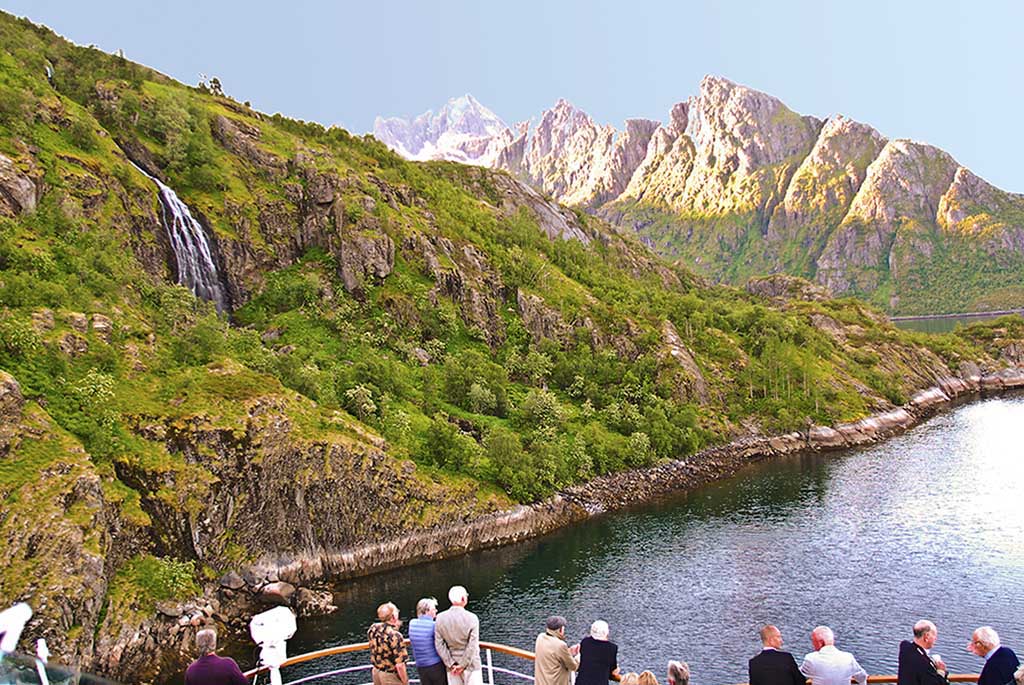
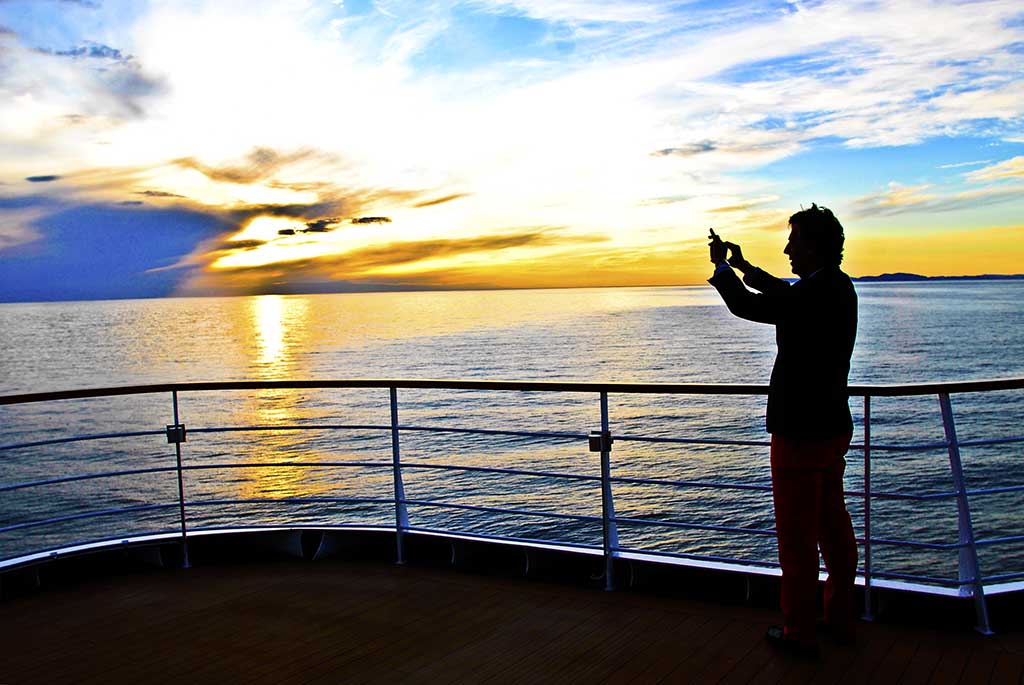
1 Trackback / Pingback
Comments are closed.